HDMI stands for High Definition Multimedia Interface. It is a compact 19-pin plug and cable for connecting High-Definition video and multi-channel audio-capable as well as helping to speed the convergence of computer and consumer AV products. High Definition technology or HD has seen a rapid increase in consumer use especially with HDTVs, HD-DVD and Blu-ray players, HD camcorders and other HD components. HDMI was developed by Hitachi, Panasonic, Sony, Toshiba, Philips, Thomson and Silicon Image who came together in a conglomerate effort to simplify the task of connecting and synchronizing Read More
How Plasma TV Works
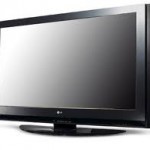
Plasma screens might seem like new technology because of their heightened popularity in recent years. However, plasma screens were first created in 1964, and have been in use ever since. The basic idea behind that of a plasma display is to illuminate tiny colored fluorescent lights to form images. Each pixel is made up of three fluorescent lights — a red light, a green light and a blue light. Just like a CRT television, the plasma display varies the intensities of the different lights to produce a full range of Read More
V-Chip
Effective January 1, 2000, the FCC (Federal Communications Commission) required all new TV's (13 inches+) to contain V-Chip technology. V-Chips allow parents to control and block content they do not want their children watching. Virtually all current television programs are given a rating based on a system created by the broadcasting industry. Each rating is V-Chip encoded and allows parents to block specific shows or channels with certain ratings, via TV remote control. If you need assistance in setting up the V-Chip, you will need to contact the manufacturer of Read More
How to Record Internet Radio
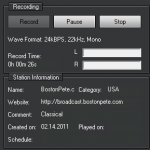
With the expanded use of 3G and 4G wireless technologies over the past several years, the popularity of Internet radio has continued to increase. Not only can one listen to their favorite radio station(s) at home or work on the computer, but now they can also be accessed through Internet-enabled smart phones. Internet radio differs from on-demand video or music casts in that the programming is streamed live but does not have the ability to be paused like on-demand services. Internet radio also differs from podcasts in that it does Read More
Computer TV Tuner
A computer TV tuner is a computer hardware device that converts the standard analog TV signals it receives and demodulates them into their digital form. Sometimes the TV tuner capability is provided on the graphics card itself, for example, in the All-in-Wonder series manufactured by ATI Technologies. Such graphics cards are higher priced. TV Tuner cards are excellent for users wishing to simultaneously browse the Internet and catch favorite TV shows. Most TV tuner cards allow users to pause, rewind and save television programs onto their hard disks. TV tuner Read More
What is Apple TV?
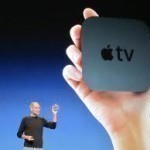
Apple TV is a streaming digital media receiver that Apple Inc. markets. The first mention of the design was in 2006 at a press conference held as the iTV project in San Francisco. It was debuted as Apple TV in March of 2007 and was shipped to users who had pre-ordered the device. In September of 2010, the 2ng generation of the Apple TV device was announced. Both Apple TV generations were designed to work with the Apple iTunes store and for the user to share content from his/her computer Read More
720p
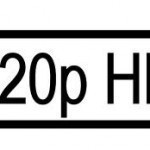
720p is a shorthand name used to describe one of the HDTV formats. In other words, 720p is a 1280×720 resolution. The p stands for progressive which is better than i which stands for interlaced. 720p and the other HDTV formats becomes important when trying to determine what kind of a television to get and, more importantly, how big to get the television. What is 720p? The 720 describes the number of lines that go across the screen horizontally to create the image. Therefore, if there are 720 lines, the Read More
Screen Resolution

Screen resolution can be defined as the amount of information shown on a screen. Usually the more information on a screen, whether it is digital pixels or analog lines will cause an increase in the quality of the image. The higher the screen resolution will usually mean the better the picture quality. When talking about screen resolution, most people tend to be talking about either analog screen resolution found on most standard TV’s or digital screen resolution found on newer computer monitors and HDTV sets. Analog Screen Resolution Two common Read More
Contrast Ratio

One of the things that makes TV picture quality more attractive is its contrast ratio. The contrast ratio is a simple concept, but it can significantly improve a TV set’s picture quality. Contrast ratio is defined as the difference between the brightest color (white) and the darkest color (black). Today’s TV sets can come with a wide variety of contrast ratios. Most TVs perform this feature differently and there are a number of ways to measure contrast ratios which can affect results. Most TV viewers are definitely good judges of Read More
1440p
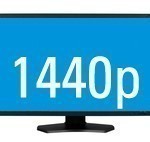
As the demand for higher video quality increases, the video technologies that are available will also improve. Several video technology companies are producing televisions that are capable of showing high resolution images in the 1440p range, which is a 1440 pixel vertical resolution. So, with the standard 16:9 resolution format, a 1440p television would be capable of having a 2560 pixel horizontal resolution. This is a 77% increase in the amount of pixels in a 1080p resolution television’s image, which is a very large increase in the amount of visual Read More


Share on: